Report highlights value of forest beneath the trees
VICTORIA – There is significant economic potential for developing non-wood and botanical forest products in British Columbia, as long as the proper regulatory and planning tools are in place, according to a Forest Practices Board report released today.
The report looks at the relationship between forest practices and non-timber forest products (NTFPs), which include over 200 species of plants and fungi across British Columbia, such as wild edible mushrooms, medicinal and pharmaceutical products, wild berries and fruit, and miscellaneous products such as honey.
“The commercial harvest of NTFPs is an important economic opportunity for the entire province, and for resource-based communities in particular,” said board chair Bruce Fraser. “In 1997, it is estimated that this sector created almost 32,000 seasonal and full-time jobs and generated over $680 million in provincial revenues, and it is believed to have grown since then.
“To realize the potential of the NTFP sector, we need better baseline data, scientific information on sustainable management, and regulation to ensure sustainability and compatibility with traditional timber harvesting.”
NTFP harvesters include local residents looking to supplement their income and full-time migratory workers who relocate to the areas where the plants and crops are ripe for harvest at different times of the year. Many NTFPs are of significant cultural and economic importance to First Nations, and the report highlights the need for government and industry to recognize First Nations rights to commercial and traditional uses of NTFPs.
“Under new forestry legislation, there is no obligation to consider NTFPs when planning or conducting forest practices, “ said Fraser. “But government can ensure NTFPs are recognized through sustainable resource management plans and designating NTFP objectives under the Land Act. Creating such objectives would then trigger the consideration of NTFP values in forest planning and practices.”
The report was unveiled at a reception sponsored by the Centre for Non-Timber Resources at Royal Roads University. The Board commissioned the Centre to write the NTFP report.
“This report is important as it will increase the profile of the NTFP sector, which traditionally has been marginalized,” said Dr. Darcy Mitchell, director of the Centre for Non-Timber Resources. “NTFPs offer a field where ‘environment’ is not at war with ‘economy’, and where many users and uses are compatible.”
The report presents several recommendations to government, including supporting further research into the economic contribution of the sector and compatible management of timber resources and NTFPs; exploring options to regulate the NTFP sector to ensure that it can be managed in a fair and sustainable manner; establishing objectives for NTFPs under the Land Act to guide forest planning and practices; and raising awareness of NTFPs among foresters and other resource management professionals.
The Forest Practices Board is an independent public watchdog that reports to the public about compliance with the Forest Practices Code and the achievement of its intent. The board’s mandate has been retained under the new Forest and Range Practices Act (FRPA). The board’s main roles under FRPA are:
-30-
Erik Kaye
Communications
Forest Practices Board
Phone: 250 356-1586 / 1 800 994-5899
